[caption id="attachment_13338" align="aligncenter" width="600"]
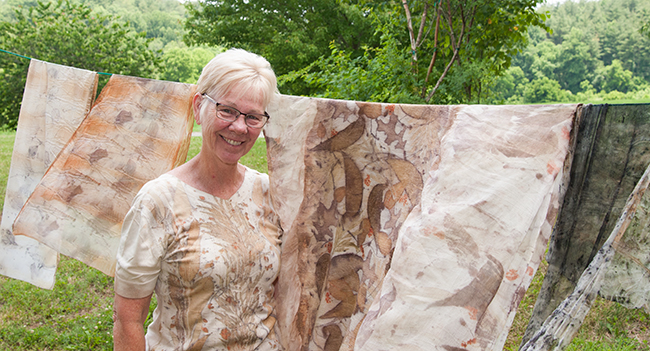
Kathy Hays displays her eco print creations outside the Wet Room.[/caption]
[caption id="attachment_13334" align="alignright" width="234"]
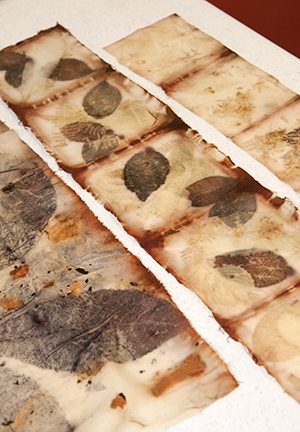
Class projects[/caption]
I stopped by the Wet Room to visit Kathy Hays' recent class "Eco Printing Meets Felt Making" to see what they were creating. I talked to Kathy about her craft and the joys of eco printing. Enjoy our interview!
CP: Tell me about where you're from, what you do there, and about your craft.
KH: I’m from Florida, an unusual area for felt making due to the climate. I began making felt here at the Folk School in 1999. After struggling and trying to figure how to make felt on my own, I was able to come here and after the first day, it was like all my questions were answered! The rest of the week was purely a bonus.
CP: How is Nuno Felting different from other felting?
KH: Felt making is wool fibers being arranged and then adding soap, water, and agitation. In the case of Nuno Felting, you are merging fibers through another fabric. The term is a little ambiguous. That fabric can be cotton, linen... anything that is thin enough for it to come through. It creates a unique texture when it does that.




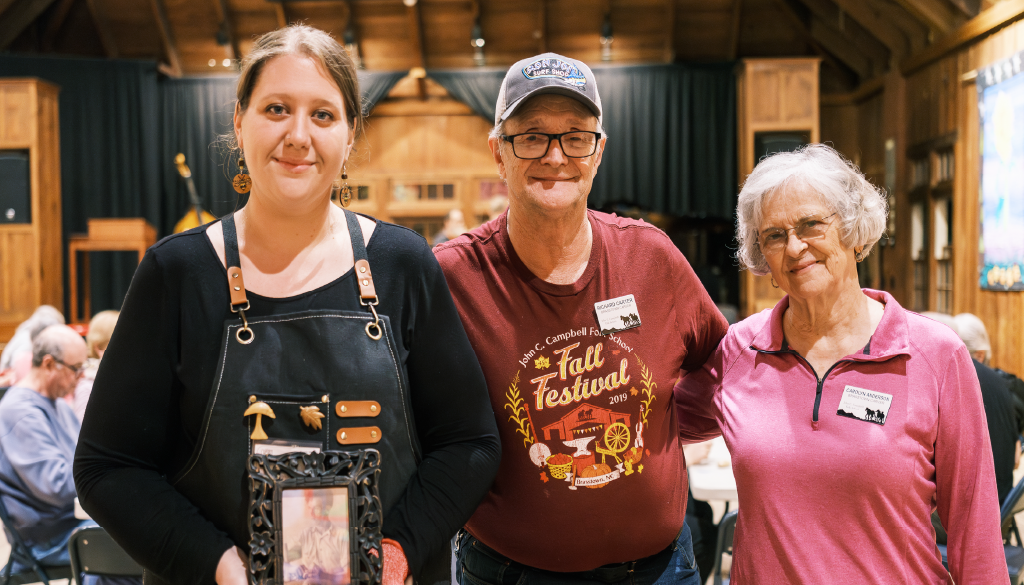

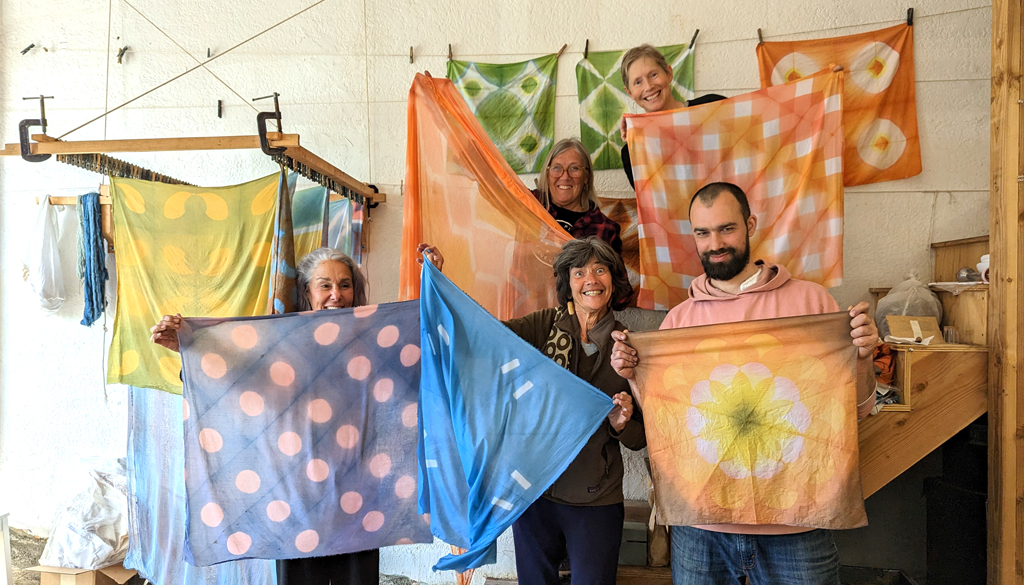
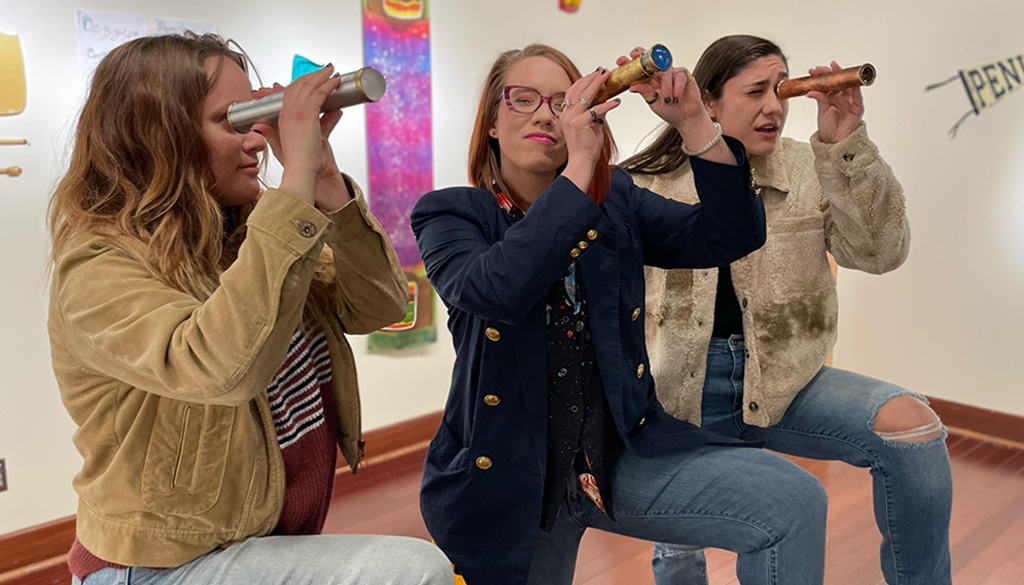
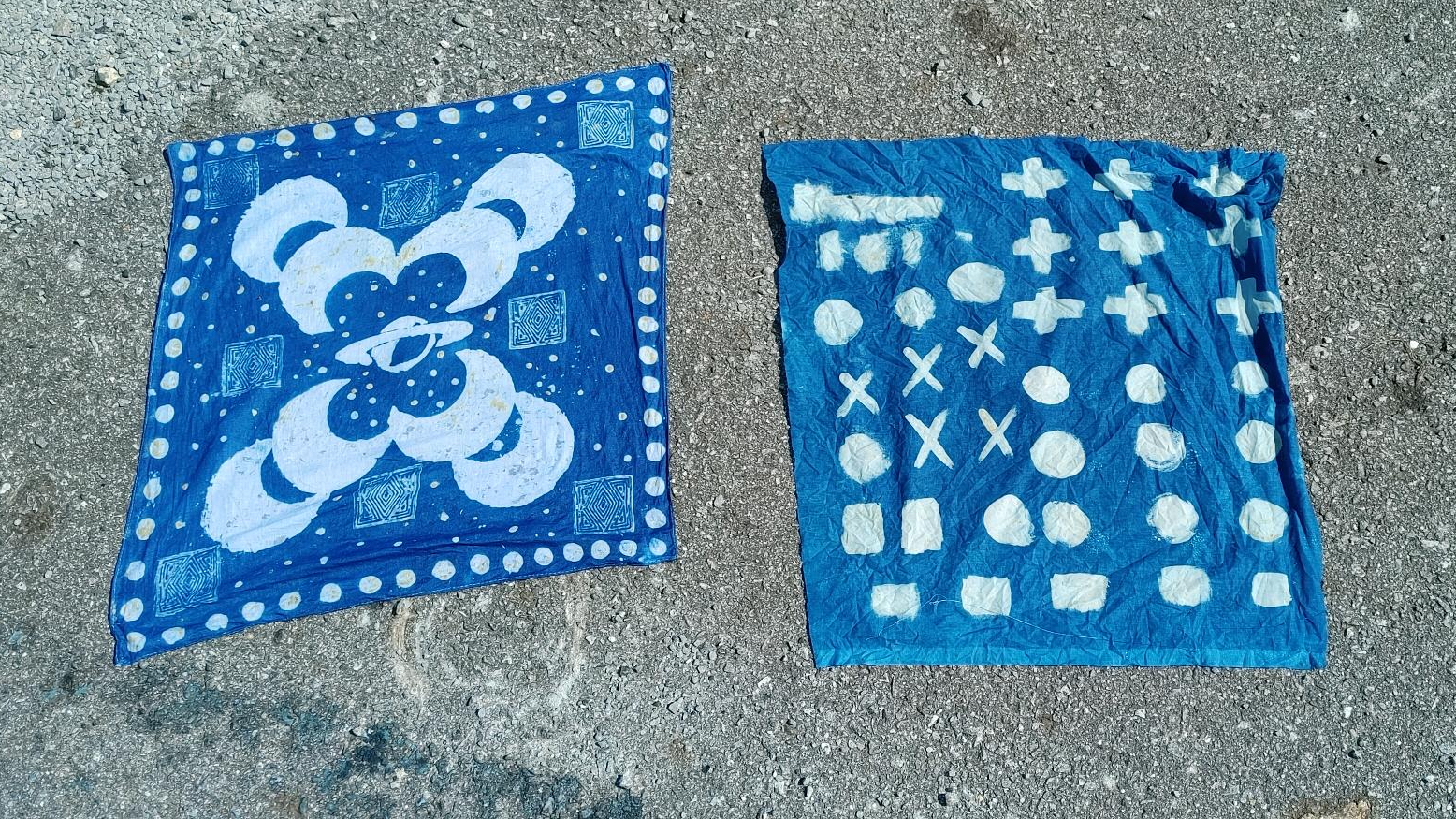
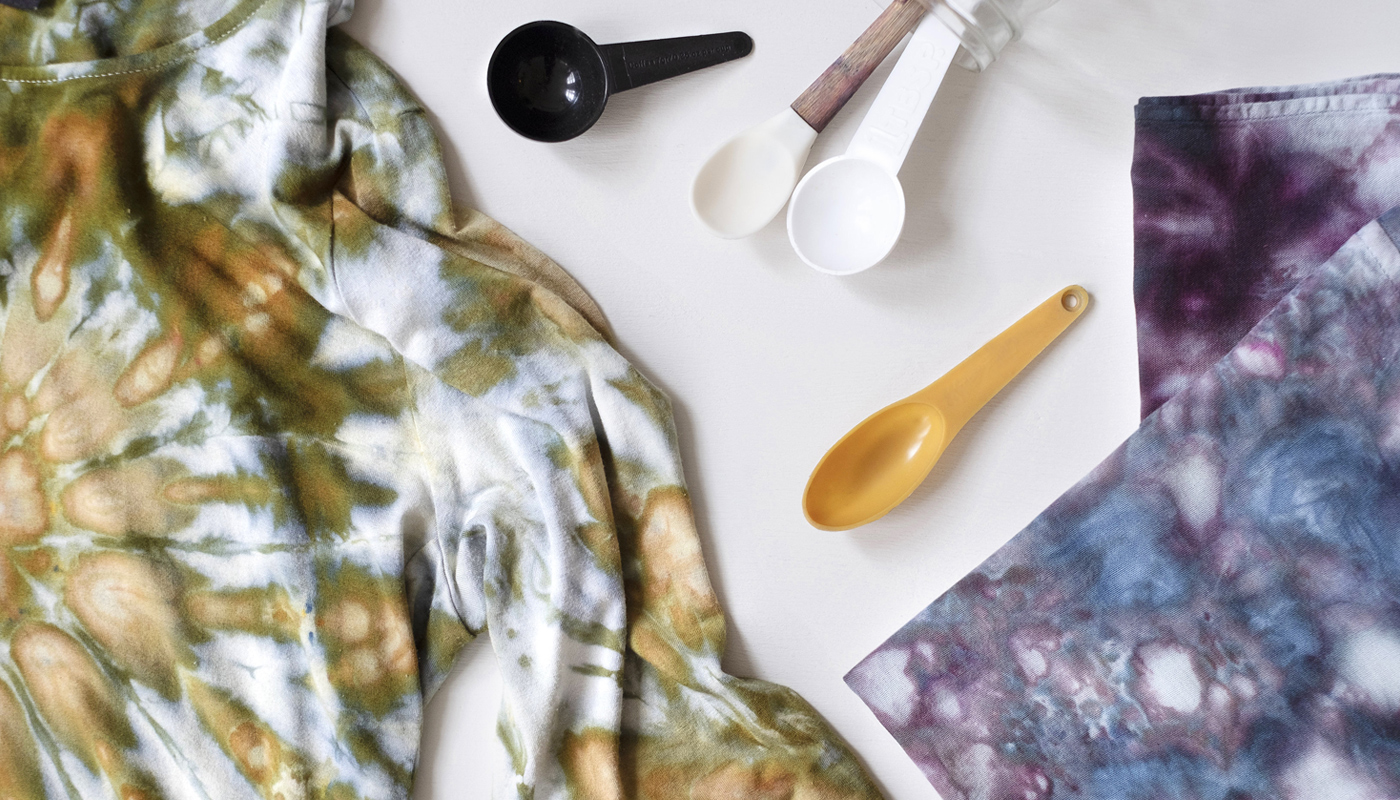
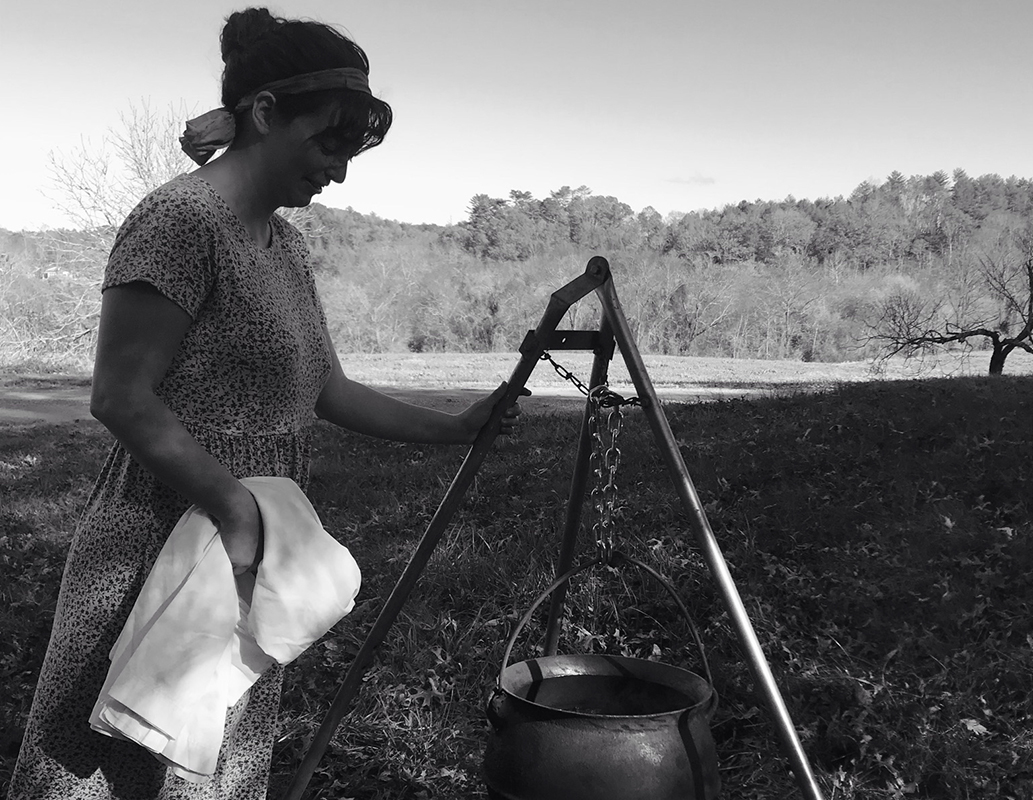
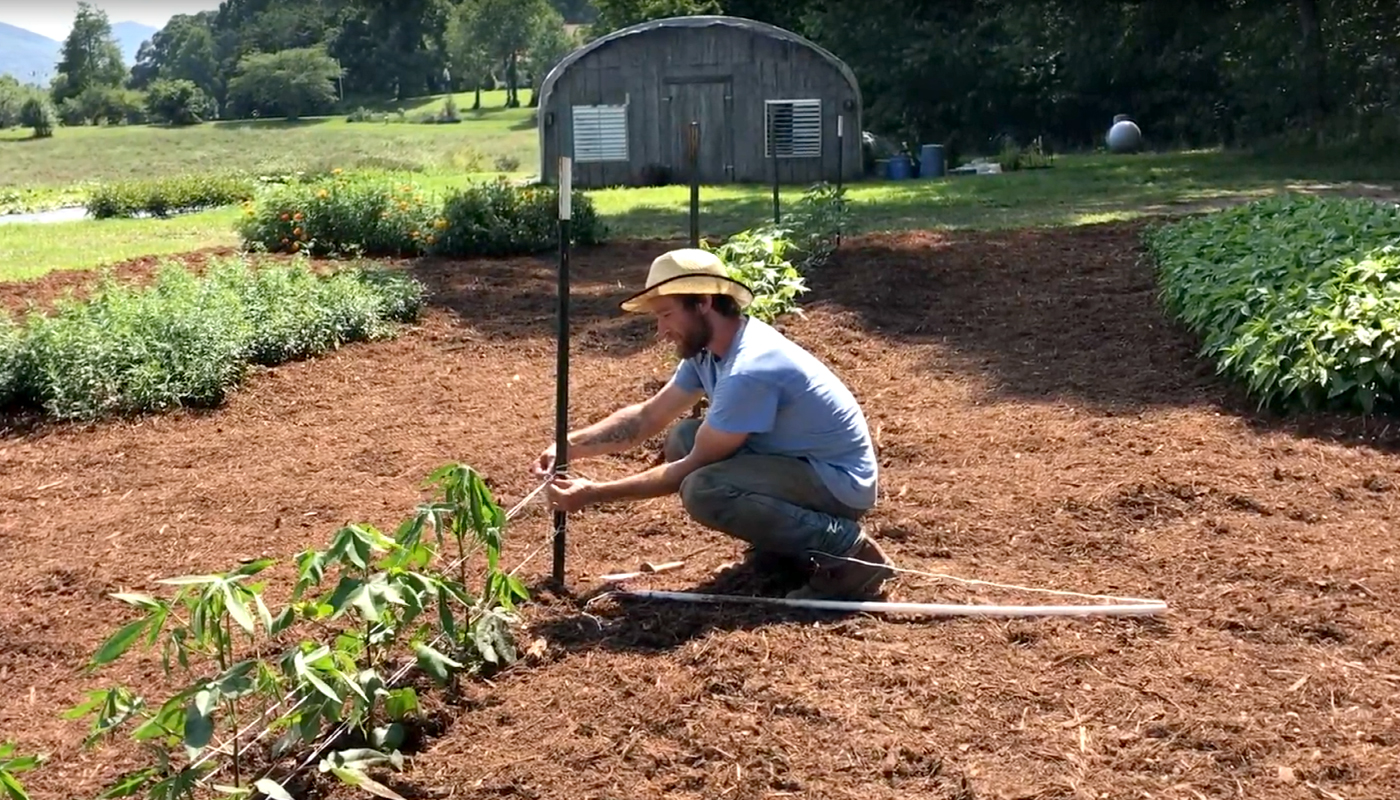
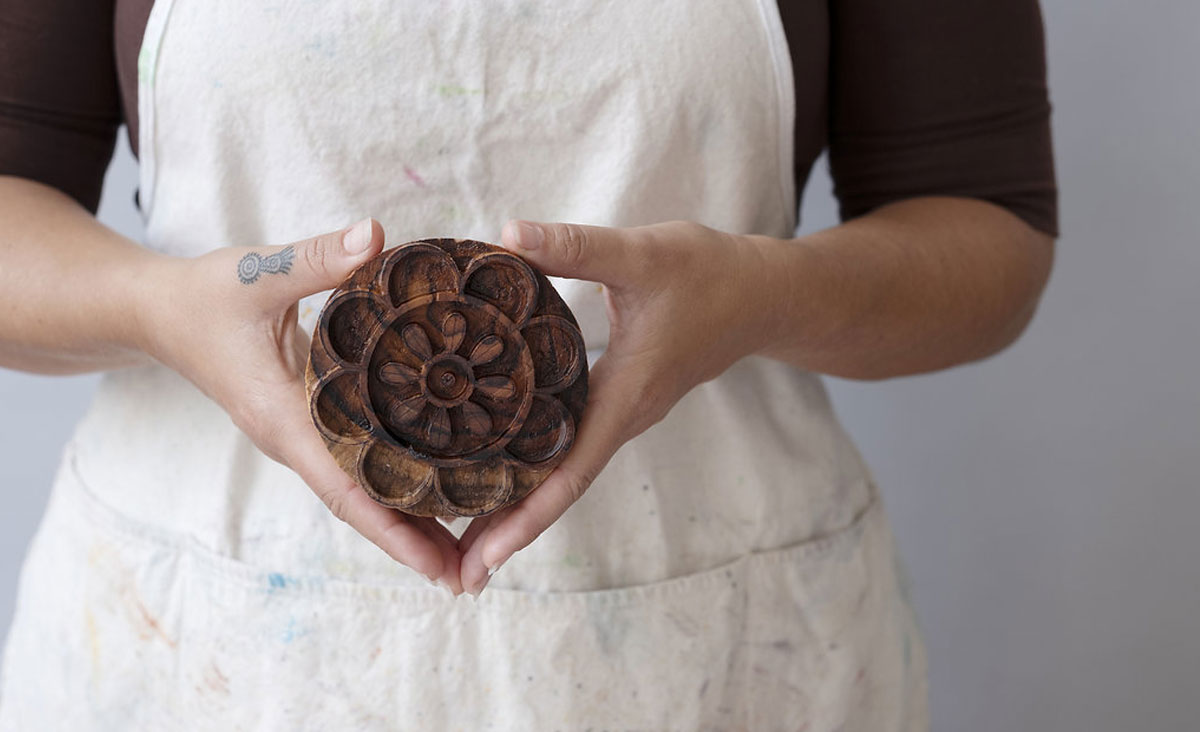
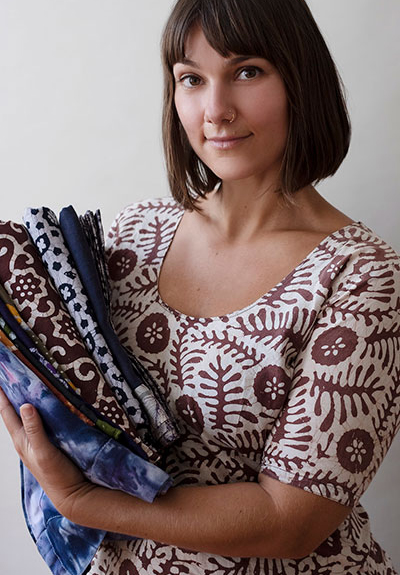 Photo by Nicole McConville[/caption]
CP: When did you first come to the Folk School? When were you a host?
JK: I grew up with relatives in Penland and would visit the school for community days, but couldn’t align my work schedule in a way that would allow me to take a class there when I was a young full-time teacher. Someone suggested I take a look at the John C. Campbell Folk School and it was absolute love at first sight. The week-long classes, offered year-round, were a dream come true.
I saved my pennies and booked a clay class over my spring break in 2005. I was teaching in a Haywood County public school and this class just lined up with my vacation days. Ted Cooley was our class assistant and two young women I knew from Asheville were the Hosts. I immediately saw the potential for myself there. I took a few more classes as a student, and then, in 2009, I served six months as Host. I was the last six-month host (the school went to a four-month system after that) but I wished it was still a 2-year position, as it was in Ellie Wilson’s time. I would have signed up instantly for that!
Photo by Nicole McConville[/caption]
CP: When did you first come to the Folk School? When were you a host?
JK: I grew up with relatives in Penland and would visit the school for community days, but couldn’t align my work schedule in a way that would allow me to take a class there when I was a young full-time teacher. Someone suggested I take a look at the John C. Campbell Folk School and it was absolute love at first sight. The week-long classes, offered year-round, were a dream come true.
I saved my pennies and booked a clay class over my spring break in 2005. I was teaching in a Haywood County public school and this class just lined up with my vacation days. Ted Cooley was our class assistant and two young women I knew from Asheville were the Hosts. I immediately saw the potential for myself there. I took a few more classes as a student, and then, in 2009, I served six months as Host. I was the last six-month host (the school went to a four-month system after that) but I wished it was still a 2-year position, as it was in Ellie Wilson’s time. I would have signed up instantly for that! 
